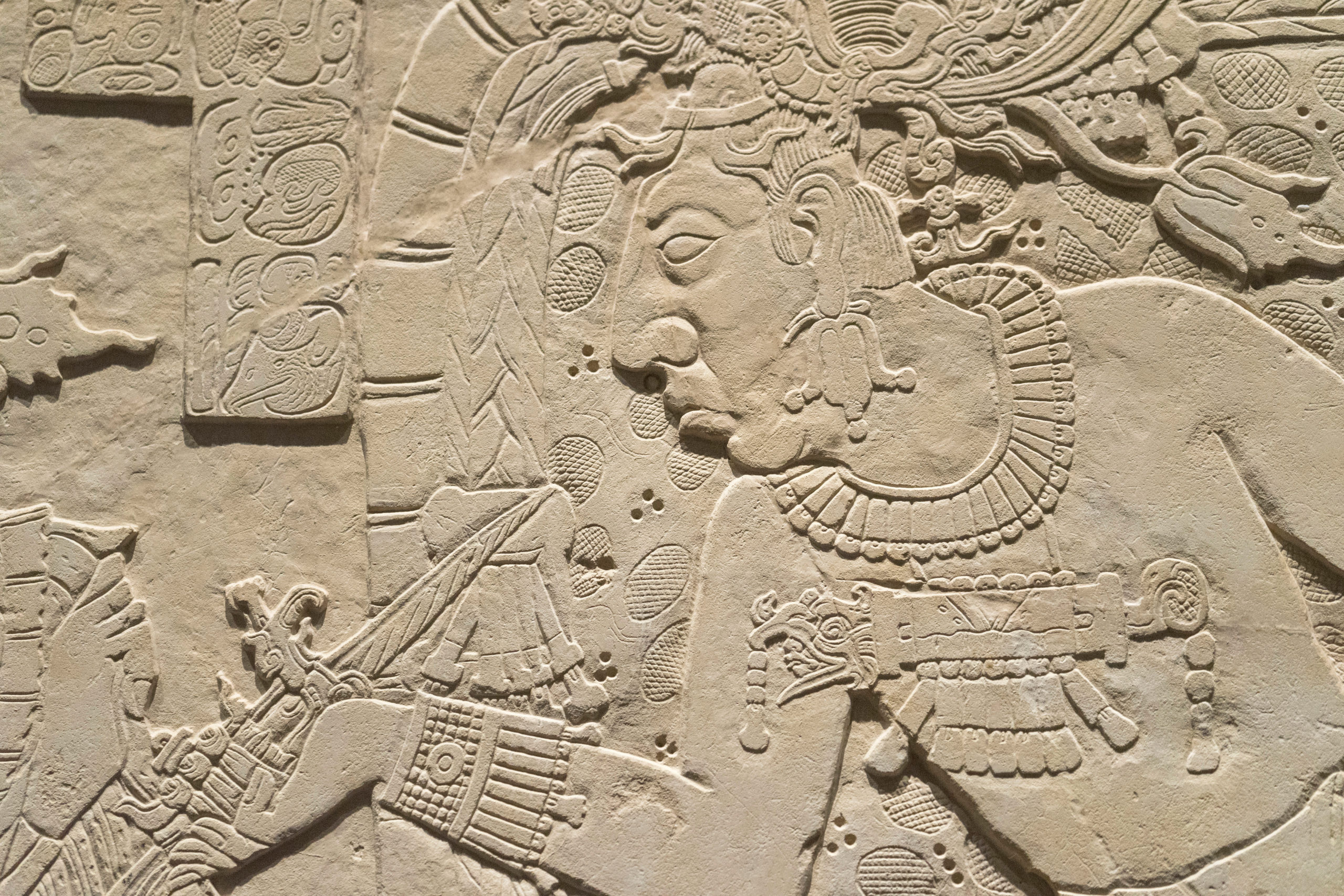History is full of amazing civilisations that once lived in different parts of the world. Three of the most famous are the Maya, Inca, and Aztec. They did incredible things that still influence us today. Let’s take a closer look at what they achieved and why it’s important.
The Maya Civilisation
The Maya people lived in what is now Mexico and Central America from around 2000 BCE to the Spanish conquest in the 16th century. They were known for their advancements in mathematics, astronomy, architecture, and art, leaving incredible mark on history. Their sophisticated calendar system, including the Long Count calendar, remains a testament to their astronomical prowess, enabling precise predictions of celestial events. Their buildings, like the temples in Tikal and Palenque, show their engineering ingenuity and were full of carvings and pictures that told stories. Additionally, the Maya’s cultivation of maize (corn) revolutionised agriculture in the region, sustaining their civilisation’s growth and prosperity.

The Inca Civilisation
High in the Andes Mountains of South America, the Inca Empire emerged as a dominant force in the 15th century, located across present-day Peru, Bolivia, Ecuador, and parts of Colombia, Chile, and Argentina. Known for their architectural marvels, such as Machu Picchu, the Inca demonstrated unparalleled skill in stonemasonry, engineering, and urban planning. They also built long roads that connected their empire. These roads helped them trade goods and send messages. Furthermore, the Inca’s agricultural innovations, such as terraced farming and the use of irrigation systems, enabled them to cultivate crops at high altitudes, sustaining their population’s needs.
The Aztec Civilisation
The Aztec people lived in what’s now Mexico, and they were around in the 14th century. They built their capital city, Tenochtitlan, right where Mexico City is today. The Aztecs’ achievements included a rich tapestry of art, architecture, agriculture, and governance. They were famous for building big temples like the Templo Mayor, a towering pyramid dedicated to the gods Huitzilopochtli and Tlaloc. Additionally, the Aztecs’ agricultural innovations, including chinampas (floating gardens), enabled them to sustain an expanding population in a region with limited arable land.
Legacy
The legacies of the Maya, Inca, and Aztec civilisations remain as testaments to human ingenuity, resilience, and cultural richness. Their achievements in astronomy, architecture, agriculture, and governance continue to inspire awe and admiration centuries after their decline. Moreover, the cultural and artistic legacies of these civilisations persist in the traditions, languages, and customs of their descendants, ensuring that their contributions to humanity are never forgotten.
In conclusion, the Maya, Inca, and Aztec civilisations stand as shining examples of the heights that human societies can reach. Their achievements transcend time, serving as examples of inspiration for generations to come. As we marvel at their architectural wonders, unravel their scientific discoveries, and immerse ourselves in their vibrant cultures, we honour the enduring legacy of these ancient marvels.
